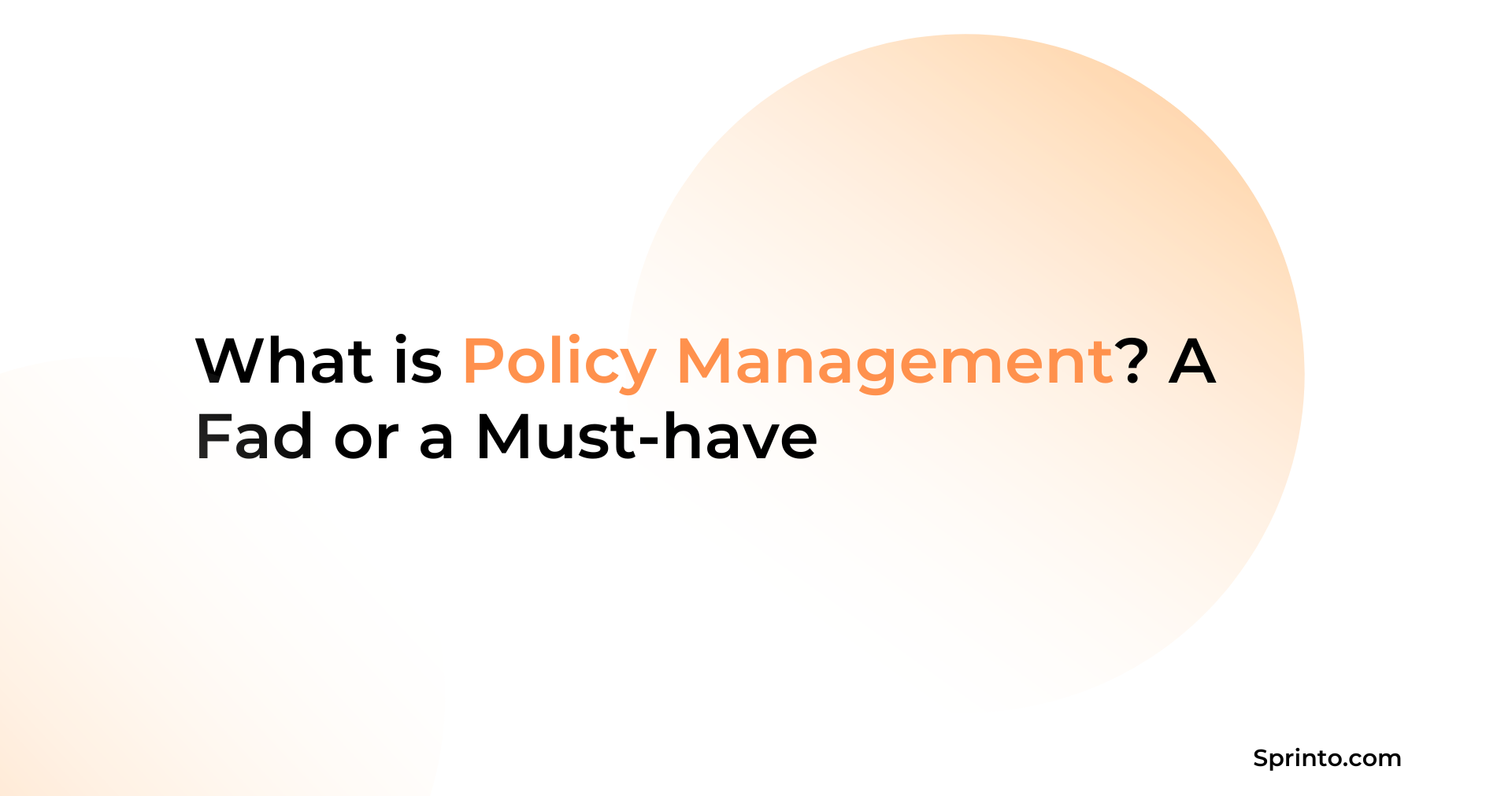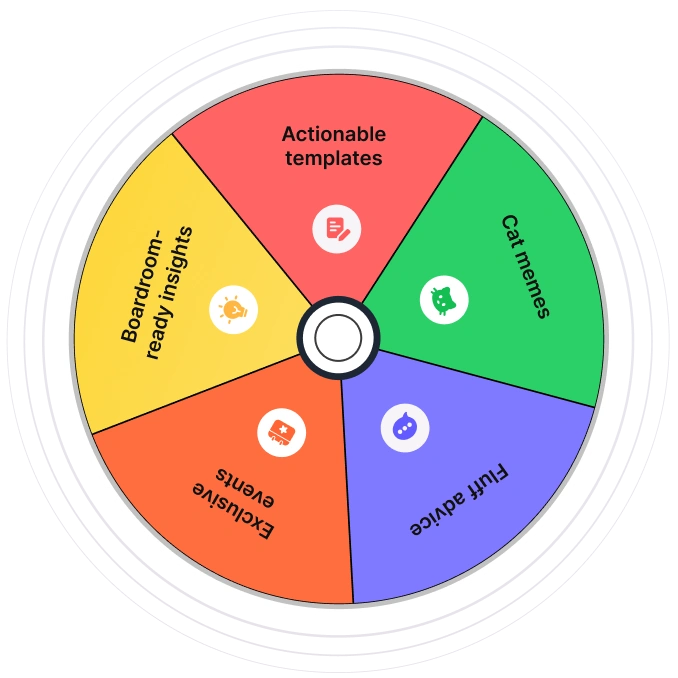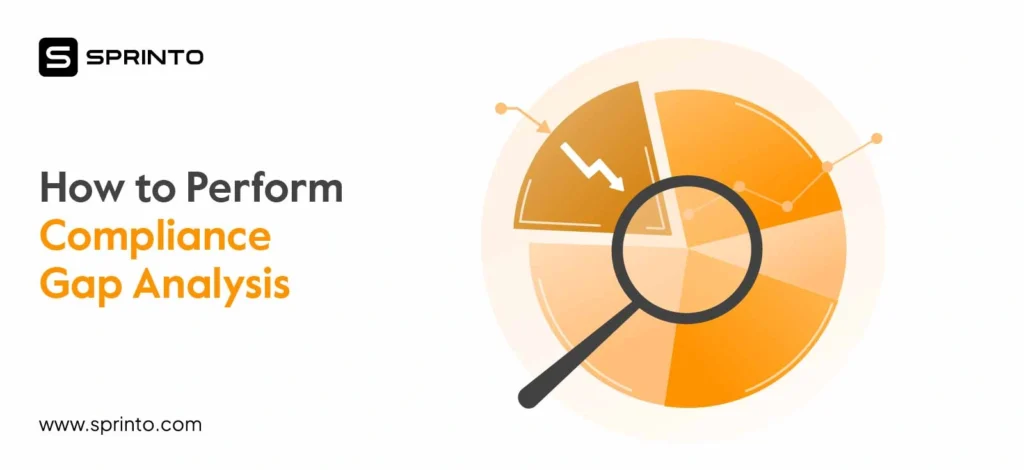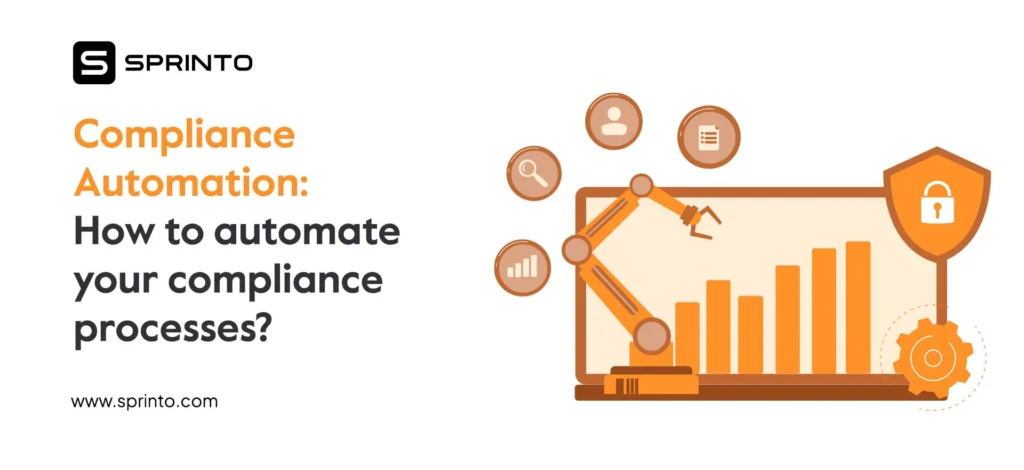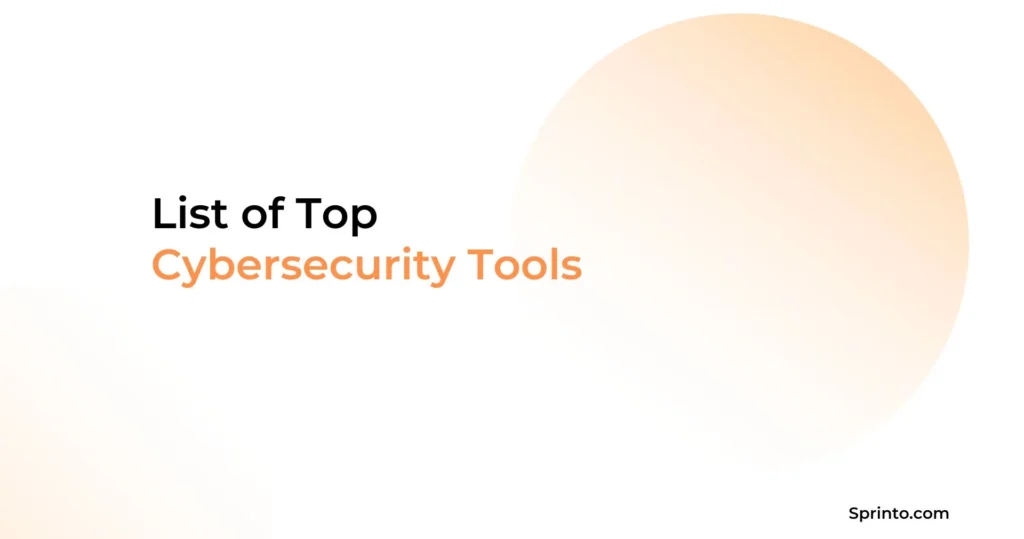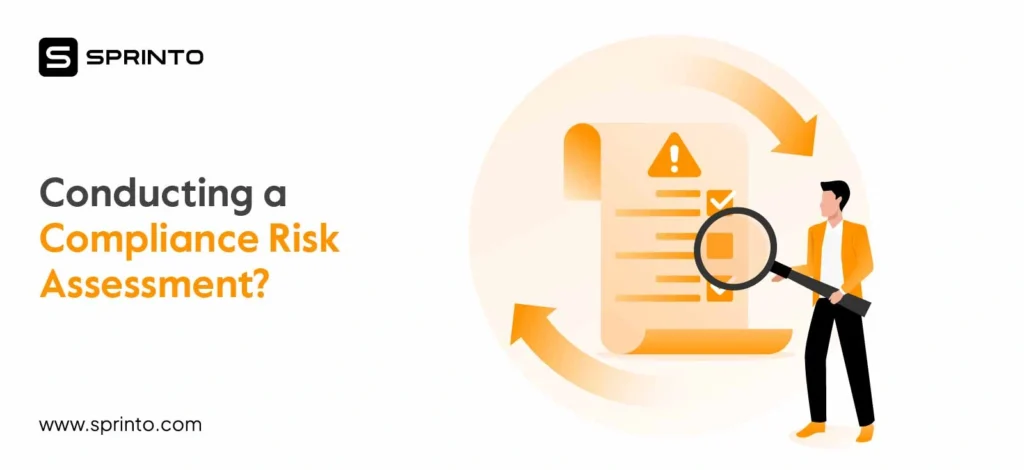Imagine this: You’re updating a company-wide policy. Legal sends one version, HR forwards another, and the security team uses an older copy saved months ago. You assume everyone’s aligned until an auditor asks for proof of acknowledgment, and no one can trace who signed what.
Things fall through when policies live in too many places, move without visibility or ownership, or rely on memory. Policy management exists to fix this—to bring structure, traceability, and control to the entire lifecycle.
Discover how to manage policies effectively from start to finish while learning the critical components and proven strategies for keeping them audit-ready.
| Policy management refers to how internal policies are created, approved, communicated, and tracked across the organization. |
| It includes structured documentation, version control, access management, regular reviews, and acknowledgment tracking. |
| Automated tools help simplify policy creation, distribution, and compliance mapping—so everything stays connected, visible, and audit-ready. |
What is policy management?
Policy management is the process of creating, organizing, approving, sharing, and maintaining internal policies across an organization. It covers everything from documenting rules and assigning ownership, to managing version control, recording acknowledgment, and rollout.
The goal is to maintain a single, clear source of truth for policies that different teams can rely on.
Why is policy management important?
Policy management is essential because organizations need a reliable way to show that the right people received, understood, and accepted the rules that govern their work. Policies get lost in inboxes, versions overlap, and acknowledgment goes undocumented without a clear system.
This becomes a serious issue during audits or security incidents, where proof of communication and enforcement is expected.
“We regularly see teams struggle to prove that policies were communicated and accepted—especially during audits or security incidents,” says Rajiv, ISO Lead Auditor at Sprinto. “If an employee mishandles sensitive data and there’s no record of acknowledgment, auditors focus less on the mistake and more on the organization’s failure to enforce its rules. That’s where structured policy management makes the difference. It shifts the conversation from blame to control.”
What are the key elements of effective policy management?
Effective policy management clarifies how internal policies are created, reviewed, approved, and maintained. It turns policies into active controls by tying them to systems, people, and compliance requirements in a consistent way.
Here are the core elements that make it possible:
- Structured policy documentation: A policy should be easy to read and find. That means a consistent format, explicit language, and one source of truth.
- Automated approvals and workflows: Reviews shouldn’t drag on over email. With automated flows, approvals happen faster, and no one loses track of what’s pending.
- Centralized control system: You don’t waste time chasing versions when everything sits in one system. You know where to go, who owns what, and what’s current.
- Secure access and storage: Not every policy should be visible to everyone. Access needs to reflect roles, and edits should be limited to people who are responsible for them.
- Transparent policy lifecycle: Policies change. What matters is that you can see when they were created, how often they’ve been updated, and who was involved.
- Regular audits and reviews: Schedule reviews. This prevents outdated policies from circulating and makes it easier to show auditors what’s in place.
- Clear ownership and accountability: Someone needs to be responsible. When updates stall or approvals fall behind, a named owner helps move things forward.
- Framework alignment and compliance tagging: Policies don’t live in a vacuum. They should map to the requirements you’re working toward—SOC 2, ISO 27001, HIPAA, or any framework your team follows.
- Version control and change history: If an auditor asks, “Who changed this and when?” You should have an answer. Version history isn’t a nice-to-have—it’s protection.
- Acknowledgement tracking and reporting: You can’t enforce what people haven’t seen. Being able to show who received and accepted a policy matters in audits and incidents, too.
Roll out custom policies in minutes with Sprinto
The policy management process
Policy management creates structure around how internal rules are maintained, communicated, and enforced. It turns policies into living tools instead of static documents.
Here’s how that process typically works, step by step.
Draft
Drafting starts with figuring out what needs to be documented and why. That could be a new regulatory requirement, a gap flagged during an audit, or a process that’s grown too complex to stay verbal. From there, teams define the scope, responsibilities, and practical steps. Depending on the topic, legal, compliance, HR, and IT often shape different parts of the document.
Review and approve
This is where the draft is tested. Approvals bring in the people who understand how the policy affects day-to-day work and whether anything’s missing.
Legal checks for risk. Compliance ensures coverage. Business leaders assess impact. The approval path needs to be clear, so it moves forward without ping-ponging across teams.
Publish and distribute
A policy is only useful if the right people see it. Publishing means getting the final version into the right hands and ensuring it stays accessible.
This might involve assigning visibility by team, tagging for relevance, or linking from internal tools people already use. Good distribution avoids email clutter and makes the policy challenging to miss.
Track acknowledgment
Acknowledgment matters because it ties policies to people. You need to know who saw what and when.
Most audit frameworks expect more than a checkbox; they expect a record that shows the policy was shared and received by the right group. That log becomes important when there’s an incident or a regulatory review.
Audit and update
No policy stays current on its own. Over time, things change—systems evolve, regulations shift, and team structures move around.
Regular audits help spot policies that need revision or clarification. When updates happen, version history should tell the story: who made the change, when it happened, and why it was needed.
Maintain automatic audit-trails for policy acknowledgements
Best practices to manage your policies successfully
Managing policies has less to do with volume and more with consistency, ownership, and traceability.
Here are three practices that help teams stay ahead of audits and policy fatigue:
1. Assign clear policy ownership
Every policy should have a named owner—someone responsible for keeping it current, accurate, and tied to the right people and systems.
Ownership must be documented. It should appear inside the policy file, be logged in your policy management platform, and be visible when the policy is shared with teams. This removes ambiguity, supports timely updates, and gives auditors a direct line to the person accountable for the policy.
Here are a few examples of how policy ownership is typically assigned across teams, based on the policy’s function and scope.
2. Automate version control and acknowledgment tracking
Tracking policy changes and employee acknowledgment manually leaves too much room for error, especially when multiple teams are involved. Automating these steps ensures that every update is versioned, every reader is notified, and every acknowledgment is logged without follow-up emails or spreadsheets.
It also gives compliance teams a complete history of who accepted what, when, and under which version, which is something auditors expect to see without delay.
Here’s how manual tracking stacks up against automation:
3. Map policies to your compliance frameworks
Managing policies in isolation often leads to under- or over-controlling.
Instead, policies should be mapped directly to your organization’s compliance frameworks—whether that’s SOC 2, ISO 27001, HIPAA, or others.
This creates a clear line between each policy and the specific control it supports, which helps teams spot gaps, avoid duplication, and respond faster during audits. It also turns your policy library into a compliance-ready asset, not just internal documentation.
Policy management examples in action
Let’s compare two hypothetical scenarios to illustrate how policy management plays out in real-world compliance situations.
Example #1: Missed acknowledgment for an Access Control Policy
Imagine a security team updates its Access Control Policy to reflect new MFA enforcement rules tied to SOC 2.
The update goes out over Slack and email, and most employees read it. But no formal acknowledgment is tracked.
Weeks later, someone bypasses MFA. During the audit, the team struggles to confirm who accepted the new policy. There’s no log, version history, or central source proving the policy change was communicated and accepted.
With a structured system in place, the policy would be versioned and mapped to SOC 2 CC6.1, and acknowledgment would be logged and ready to pull during the audit.
Example #2: Outdated Remote Work Policy creates compliance risk
An HR team realizes (midway through an internal audit) that its Remote Work Policy hasn’t been updated in over a year.
Since the company expanded into the EU, the policy misses key GDPR expectations around cross-border data handling.
No one is assigned to own the document, there’s no review schedule, and the policy isn’t mapped to any control under ISO 27001.
With the right system, this policy would have an owner, a review cycle, and a direct link to ISO 27001 A.18.1.1, which covers identifying applicable legal and regulatory requirements.
Updates would be logged, and acknowledgment captured, leaving nothing open to interpretation.
Manage your policies effectively with Sprinto
Most teams struggle with policy management, not because they lack documentation, but because nothing ties it together. Sprinto solves this by turning policy work into a controlled, trackable system that runs alongside your compliance workflows.
You can create, assign, update, and map policies in one place—with visibility across frameworks like SOC 2, ISO 27001, and HIPAA.
“Audits used to send teams scrambling for policy evidence. Now, they open Sprinto, filter by framework, and everything is already there—who owns the policy, when it was last updated, and who accepted it. That level of clarity changes how teams approach compliance.” — Rajiv, ISO Lead Auditor at Sprinto
Sprinto makes policy management dependable across frameworks, during audits, and as you grow. Book a demo to see how it works.
Payal Wadhwa
Payal is your friendly neighborhood compliance whiz who is also ISC2 certified! She turns perplexing compliance lingo into actionable advice about keeping your digital business safe and savvy. When she isn’t saving virtual worlds, she’s penning down poetic musings or lighting up local open mics. Cyber savvy by day, poet by night!
Explore more
research & insights curated to help you earn a seat at the table.



